44 change factor labels in r
How to Rename Factor Levels in R using levels() and dplyr One simple method to rename a factor level in R is levels (your_df$Category1) [levels (our_df$Category1)=="A"] <- "B" where your_df is your data frame and Category1 is the column containing your categorical data. Now, this would recode your factor level "A" to the new "B". How do I Rename Factor Levels in R? R plot() Function (Add Titles, Labels, Change Colors and WebThe most used plotting function in R programming is the plot() function. It is a generic function, meaning, it has many methods which are called according to the type of object passed to plot().. In the simplest case, we can pass in a vector and we will get a scatter plot of magnitude vs index. But generally, we pass in two vectors and a scatter plot of these …
Variable Labels and Value Labels in SPSS - The Analysis Factor WebBut by having Value Labels, your data and output still give you the meaningful values. Once again, SPSS makes it easy for you. 1. If you’d rather see Male and Female in the data set than 0 and 1, go to View–>Value Labels. 2. Like Variable Labels, you can get Value Labels on output, along with the actual values. Just go to Edit–>Options.
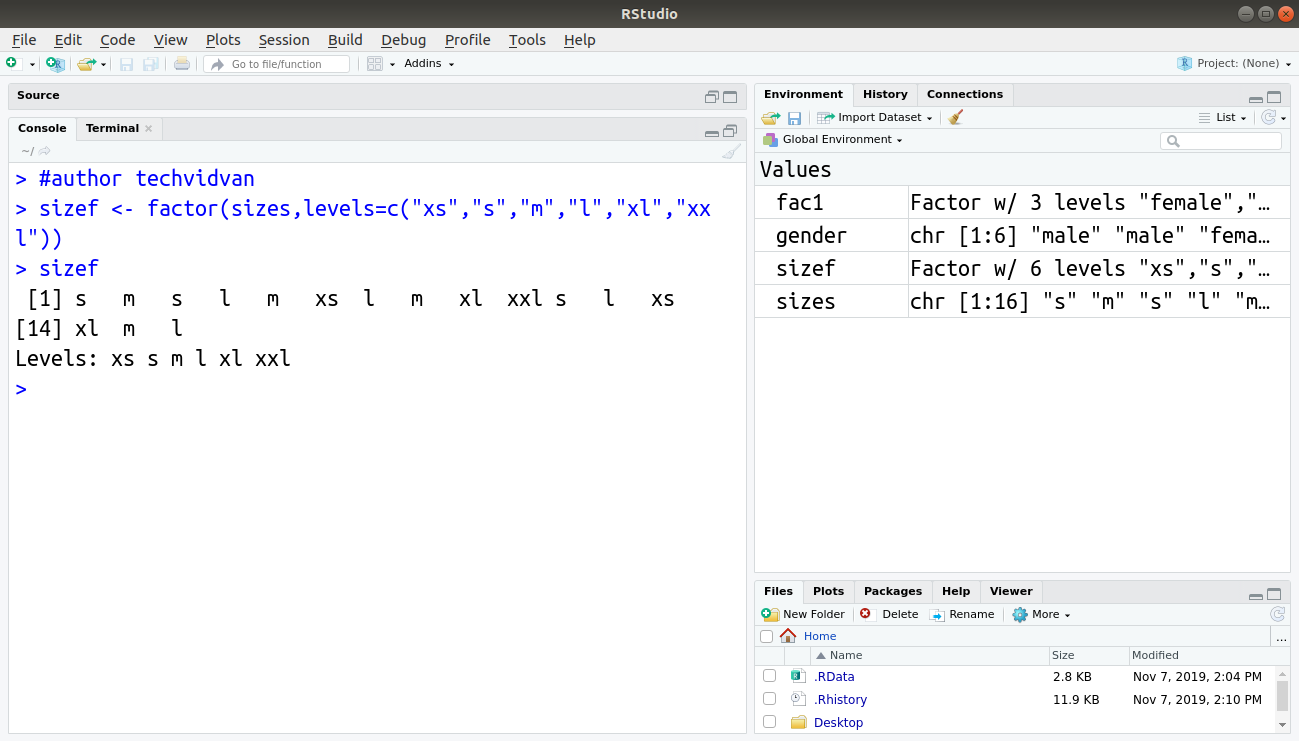
Change factor labels in r
How to Convert Factor to Numeric in R (With Examples) - Statology We can use the following syntax to convert a factor vector to a numeric vector in R: numeric_vector <- as.numeric(as.character(factor_vector)) We must first convert the factor vector to a character vector, then to a numeric vector. This ensures that the numeric vector contains the actual numeric values instead of the factor levels. Renaming levels of a factor - cookbook-r.com It's possible to rename factor levels by name (without plyr), but keep in mind that this works only if ALL levels are present in the list; if any are not in the list, they will be replaced with NA. How to Convert Character to Factor in R (With Examples) Web14.06.2021 · We can use the following syntax to convert a character vector to a factor vector in R: factor_vector <- as. factor (character_vector) This tutorial provides several examples of how to use this function in practice. Example 1: Convert a Vector from Character to Factor. The following code shows how to convert a character vector to a …
Change factor labels in r. Change Axis Labels of Boxplot in R - GeeksforGeeks Method 1: Using Base R. Boxplots are created in R Programming Language by using the boxplot() function. Syntax: boxplot(x, data, notch, varwidth, names, main) Parameters: x: This parameter sets as a vector or a formula. data: This parameter sets the data frame. notch: This parameter is the label for horizontal axis. R: Change labels of factors or labelled objects R Documentation Change labels of factors or labelled objects Description Function relabel changes the labels of a factor or any object that has a names, labels, value.labels, or variable.labels attribute. Function relabel4 is an (internal) generic which is called by relabel to handle S4 objects. Usage How to Rename Factor Levels in R (With Examples) - - Statology How to Convert Factor to Numeric in R How to Convert Factor to Character in R How to Reorder Factor Levels in R. Published by Zach. View all posts by Zach Post navigation. Prev How to Calculate Cosine Similarity in Excel. Next How to Plot Multiple Histograms in R (With Examples) 15.8 Changing the Order of Factor Levels - R Graphics 15.8.3 Discussion. There are two kinds of factors in R: ordered factors and regular factors. (In practice, ordered levels are not commonly used.) In both types, the levels are arranged in some order; the difference is that the order is meaningful for an ordered factor, but it is arbitrary for a regular factor - it simply reflects how the data is stored.
Factor variables | R Learning Modules - University of California, … WebFactor variables. Version info: Code for this page was tested in R version 3.0.2 (2013-09-25) On: 2013-11-27 With: knitr 1.5 1. Creating factor variables. Factor variables are categorical variables that can be either numeric or string variables. There are a number of advantages to converting categorical variables to factor variables. How to Rename Factor Levels in R? - GeeksforGeeks The changes are made to the original factor vector. More than one factor can be renamed using this method. list (new-fac=val = old-fac-val,..) A combination of old and new factor variable values are declared inside the list () method. R val <- factor(c("Geeks","For","Geeks", "Coding","Fun")) print("Levels of factor") lvls <- levels(val) print(lvls) How to Add Labels Directly in ggplot2 in R - GeeksforGeeks Web31.08.2021 · Labels are textual entities that have information about the data point they are attached to which helps in determining the context of those data points. In this article, we will discuss how to directly add labels to ggplot2 in R programming language. To put labels directly in the ggplot2 plot we add data related to the label in the data frame. How to Rename and Relevel Factors in R - Predictive Hacks A "special" data structure in R is the "factors". We are going to provide some examples of how we can rename and relevel the factors. For the next examples, we will work with the following data ... Another way to change the order is to use relevel() to make a particular level first in the list. (This will not work for ordered factors ...
Change Labels of ggplot2 Facet Plot in R (Example) - Statistics Globe Let's do this: data_new <- data # Replicate data levels ( data_new$group) <- c ("Label 1", "Label 2", "Label 3") # Change levels of group We have created a new data frame called data_new that contains different factor levels. Now, we can apply basically the same ggplot2 code as before to our new data frame. as_factor : Convert variable into factor and keep value labels This function is intended for use with vectors that have value and variable label attributes. Unlike as.factor, as_factor converts a variable into a factor and preserves the value and variable label attributes. Adding label attributes is automatically done by importing data sets with one of the read_*-functions, like read_spss. labels function - RDocumentation Per default, all numeric and factor variables of data are used. labels. labels for the variables. If labels = TRUE (the default), labels (data, which = variables) is used as labels. If labels = NULL variables is used as label. labels can also be specified as character vector. by. Getting Started with R - Part 7: Factors - Levels and Labels You can set the levels labels after constructing a factor. This would be similar to passing in the labels parameter. We can pass a full new vector or just labels the labels of the levels selectively. Let us just change factor label 1 from "Jack" to "Mr. Prelutsky". levels(repeat_factor_labeled) [1] <- "Mr. Prelutsky" repeat_factor_labeled
10.8 Changing the Labels in a Legend - R Graphics 10.8.3 Discussion. Note that the labels on the x-axis did not change. To do that, you would have to set the labels of scale_x_discrete() (Recipe 8.10), or change the data to have different factor level names (Recipe 15.10).. In the preceding example, group was mapped to the fill aesthetic.
How can I change the angle of the value labels on my axes? | R FAQ In order to change the angle at which the value labels appear (or, for that matter, to change the value labels), we must first adjust R's graphics settings. If we want to adjust the labels on the horizontal axis, we must first alter our graphics parameters so that we suppress the horizontal axis that usually appears with the graph. First, we ...
R Factor and Factor Levels: How to Create Factors in R - R-Lang fct = factor (x = character (), levels, labels = levels, exclude = NA, ordered = is.ordered (x), nmax = NA) Parameters The factor () function takes the following parameters. x takes x as a vector as a parameter. levels It is an optional vector of the unique values that x might have taken.
Convert Factor to Numeric and Numeric to Factor in R Programming To achieve this, one has to use the functions as.character () or as.numeric (). There are two steps for converting factor to numeric: Step 1: Convert the data vector into a factor. The factor () command is used to create and modify factors in R. Step 2: The factor is converted into a numeric vector using as.numeric ().
Change factor labels on effects plot in R - Stack Overflow Dec 12, 2013 · I use the effects package in R to generate nice effects plots. When one of the predictors in my model is a factor, the plot uses the factor labels as axis tick labels. In some cases this is not ideal, since the factor names may be shortened for ease of typing and viewing in Anova displays, but I'd like a more readable label for the plot.
How can I change the names of my levels for a factor in an ... 20 Nov 2020 — fct_recode allows you to change factor level names. as.factor from base r is used to coerce the Rate variable to a factor.
Change Legend Labels of ggplot2 Plot in R (2 Examples) As shown in Figure 2, we have modified the text of the legend items with the previous R programming code. Note that the previous R code also change the color of the data points in our scatterplot. Example 2: Rename Factor Levels to Change Legend Labels of ggplot2 Plot
FACTOR in R ▷ [CREATE, CHANGE LABELS and CONVERT ... On the one hand, the labels argument allows you to modify the factor levels names. Hence, the labels argument it is related to output. Note that the length of the vector passed to the labels argument must be of the same length of the number of unique groups of the input vector. factor(gender, labels = c("f")) Output f f f f Levels: f
Change or modify x axis tick labels in R using ggplot2 WebI used this to mask a continuous variable as a categorical so I could use geom_line. To make the labels appear I needed to set breaks first. I used scale_x_continuous(breaks=seq(1,12,1),labels=my_labels). Just noting that here in case it helps someone else. –
r - Change the Blank Cells to "NA" - Stack Overflow Web12.06.2014 · But if the variable is a factor, then you need to convert it to the character first, then replace "" cells with the value you want, and convert it back to factor. So case in point, your Sex variable, I assume it would be a factor and if you want to replace the empty cell, I would do the following:
All Chart | the R Graph Gallery WebLearn how to change pie shape, zoom in, add stripes, change labels and more. Colors. How to pick a nice color palette and apply it to the piechart. Most basic. Explains how to use ... allows to build one scatterplot for each level of a factor automatically. Correlation of discrete variables. Make the circle size proportional to number of data ...
How to Change the Levels of a Factor in R - ProgrammingR Perhaps the machine factor levels would be far easier to understand if we called them Low, Medium, and High. We can accomplish this with a simple vector operation. # Change the Levels of a Factor in R levels (warpbreaks$tension) <- c ("Low","Medium","High") # validate that we renamed the factor levels in R > levels (warpbreaks$tension) [1] "Low" "Medium" "High" # a view of the final data set after we change factor levels in R > head (warpbreaks) breaks wool tension 1 26 A Low 2 30 A Low 3 54 ...
How to Reorder Factor Levels in R (With Examples) - Statology How to Reorder Factor Levels in R (With Examples) Occasionally you may want to re-order the levels of some factor variable in R. Fortunately this is easy to do using the following syntax: factor_variable <- factor(factor_variable, levels=c ('this', 'that', 'those', ...)) The following example show how to use this function in practice.
FACTOR in R [CREATE, CHANGE LABELS and CONVERT data] - R … Web22.03.2020 · The factor function. The factor function allows you to create factors in R. In the following block we show the arguments of the function with a summarized description. factor(x = character(), # Input vector data levels, # Input of unique x values (optional) labels = levels, # Output labels for the levels (optional) exclude = NA, # Values to be excluded …
Changing the order of levels of a factor - cookbook-r.com You want to change the order in which the levels of a factor appear. Solution. Factors in R come in two varieties: ordered and unordered, e.g., {small, medium, large} and {pen, brush, pencil}. For most analyses, it will not matter whether a factor is ordered or unordered. If the factor is ordered, then the specific order of the levels matters ...
Value Labels - Quick-R You can use the factor function to create your own value labels. # variable v1 is coded 1, 2 or 3 # we want to attach value labels 1=red, 2=blue, 3=green mydata$v1 <- factor (mydata$v1, levels = c (1,2,3), labels = c ("red", "blue", "green")) # variable y is coded 1, 3 or 5 # we want to attach value labels 1=Low, 3=Medium, 5=High
Display All X-Axis Labels of Barplot in R - GeeksforGeeks Web09.05.2021 · This article deals with resolving the problem in the R programming language. Method 1: Using barplot() In R language barplot() function is used to create a barplot. It takes the x and y-axis as required parameters and plots a barplot. To display all the labels, we need to rotate the axis, and we do it using the las parameter.
15.10 Changing the Names of Factor Levels 11.1 Splitting Data into Subplots with Facets. 11.2 Using Facets with Different Axes. 11.3 Changing the Text of Facet Labels. 11.4 Changing the Appearance of Facet Labels and Headers. 12 Using Colors in Plots. 12.1 Setting the Colors of Objects. 12.2 Representing Variables with Colors.
How to Convert Character to Factor in R (With Examples) Web14.06.2021 · We can use the following syntax to convert a character vector to a factor vector in R: factor_vector <- as. factor (character_vector) This tutorial provides several examples of how to use this function in practice. Example 1: Convert a Vector from Character to Factor. The following code shows how to convert a character vector to a …
Renaming levels of a factor - cookbook-r.com It's possible to rename factor levels by name (without plyr), but keep in mind that this works only if ALL levels are present in the list; if any are not in the list, they will be replaced with NA.
How to Convert Factor to Numeric in R (With Examples) - Statology We can use the following syntax to convert a factor vector to a numeric vector in R: numeric_vector <- as.numeric(as.character(factor_vector)) We must first convert the factor vector to a character vector, then to a numeric vector. This ensures that the numeric vector contains the actual numeric values instead of the factor levels.

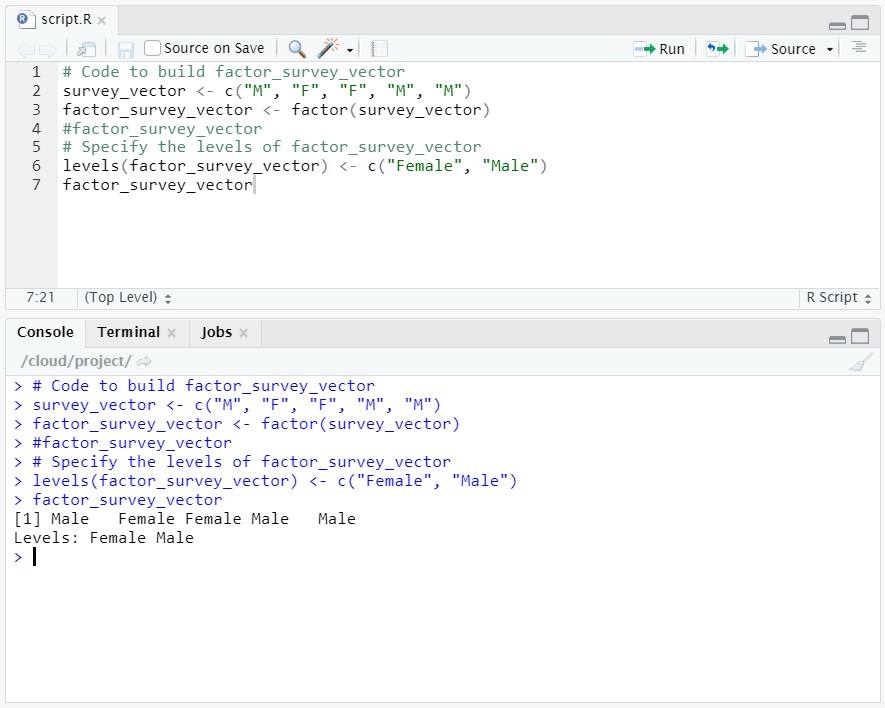






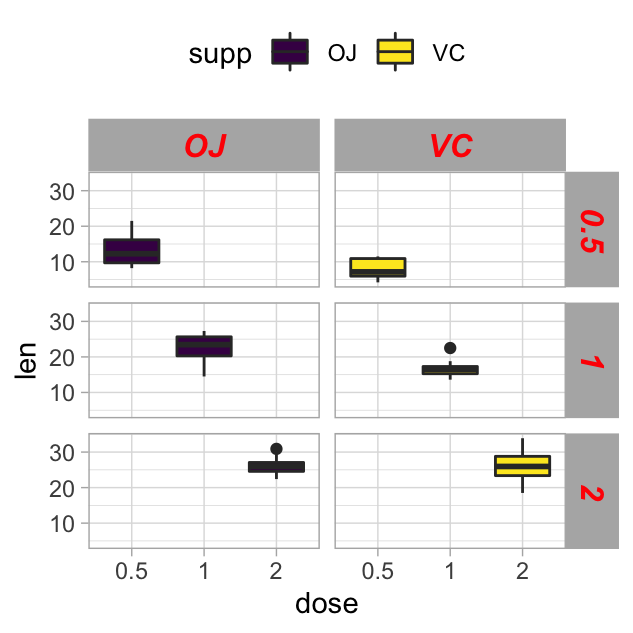

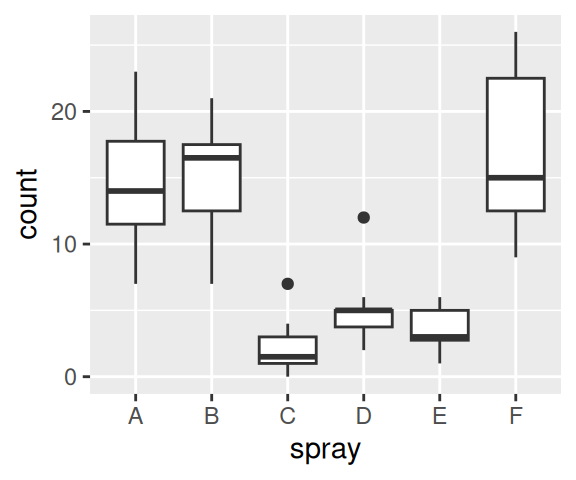
![FACTOR in R ▷ [CREATE, CHANGE LABELS and CONVERT data]](https://r-coder.com/wp-content/uploads/2020/06/Introduction-to-Statistical-Learning.png)


![FACTOR in R ▷ [CREATE, CHANGE LABELS and CONVERT data]](https://r-coder.com/wp-content/uploads/2020/03/factor-r.png)


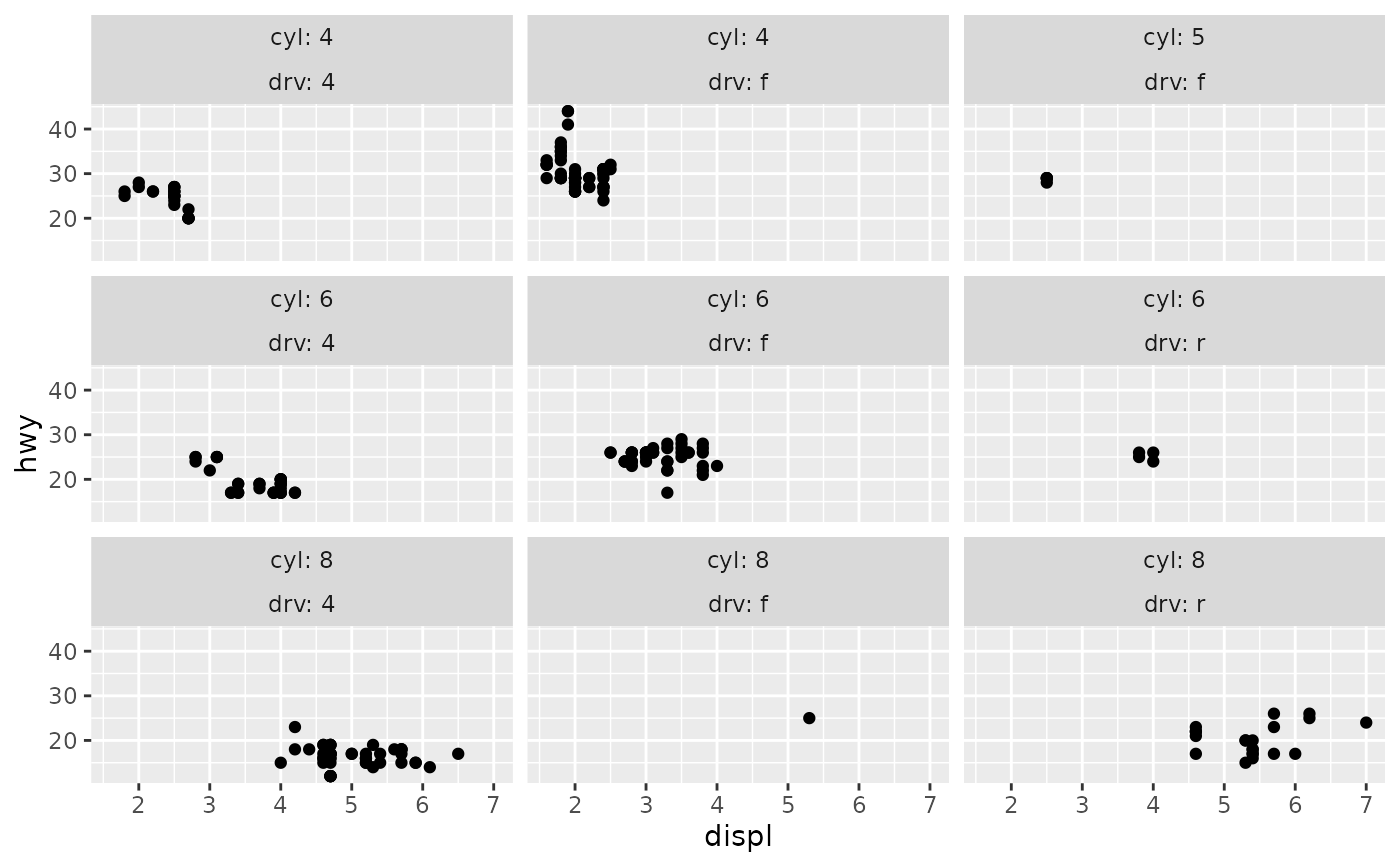
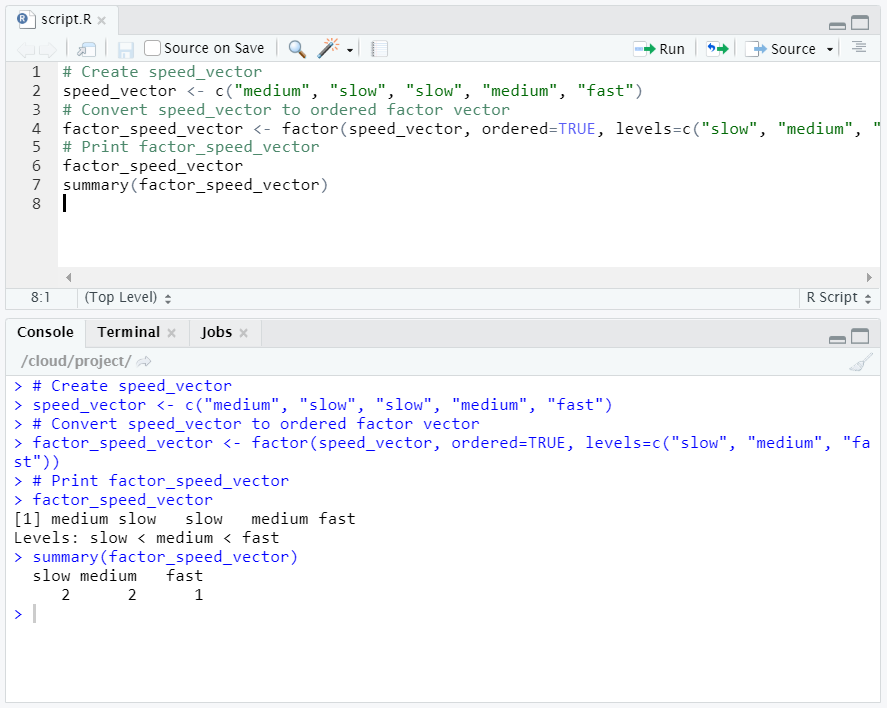

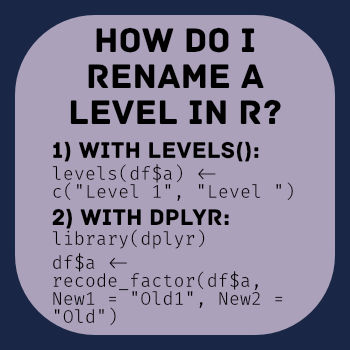




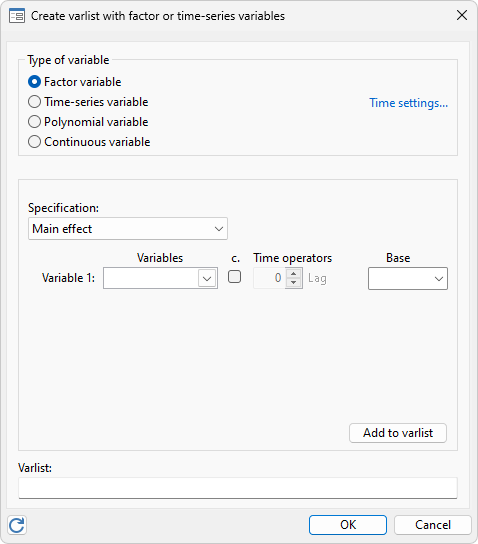
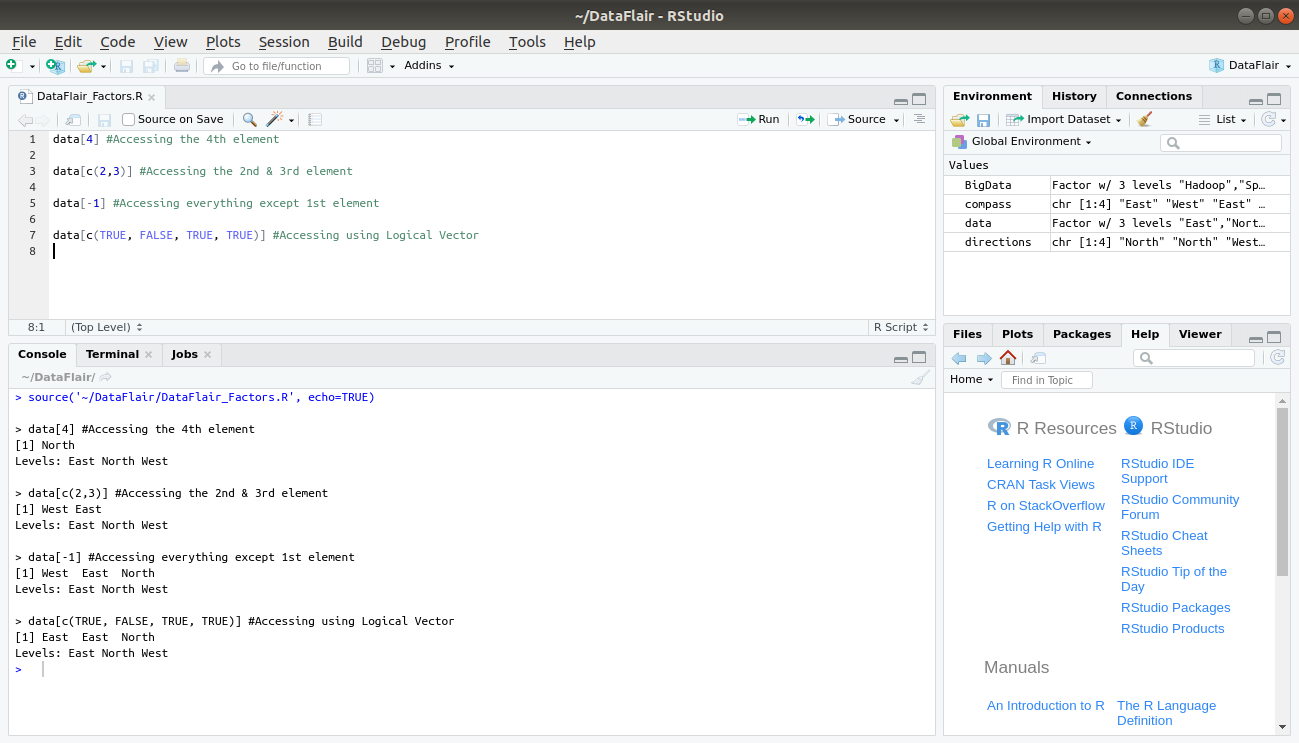
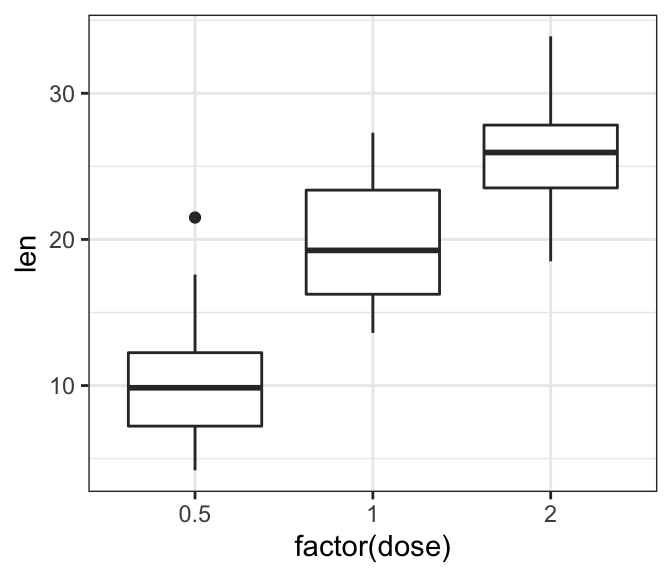

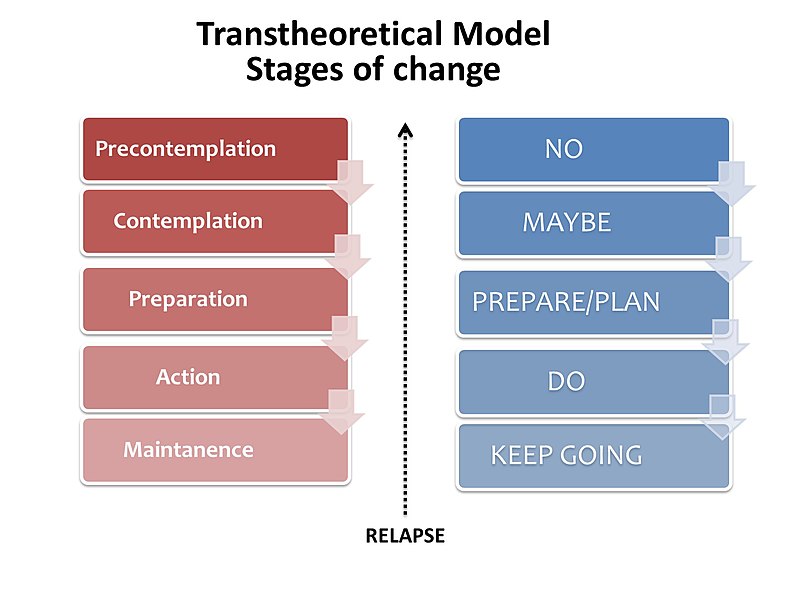



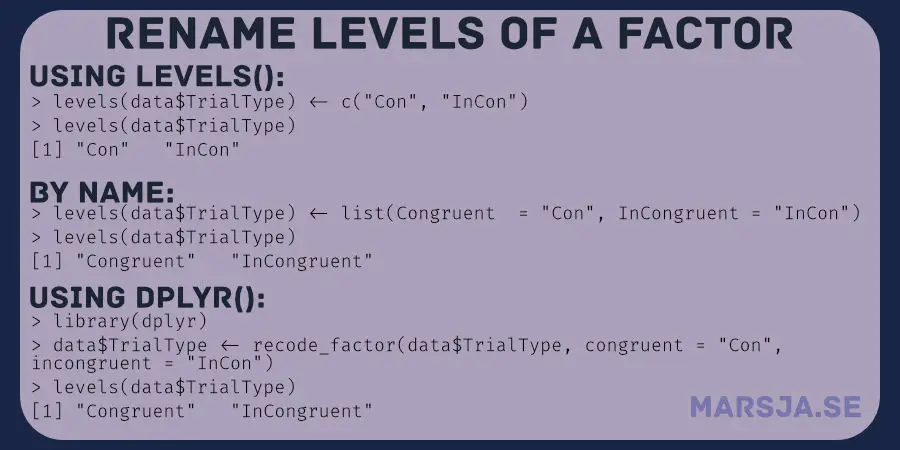
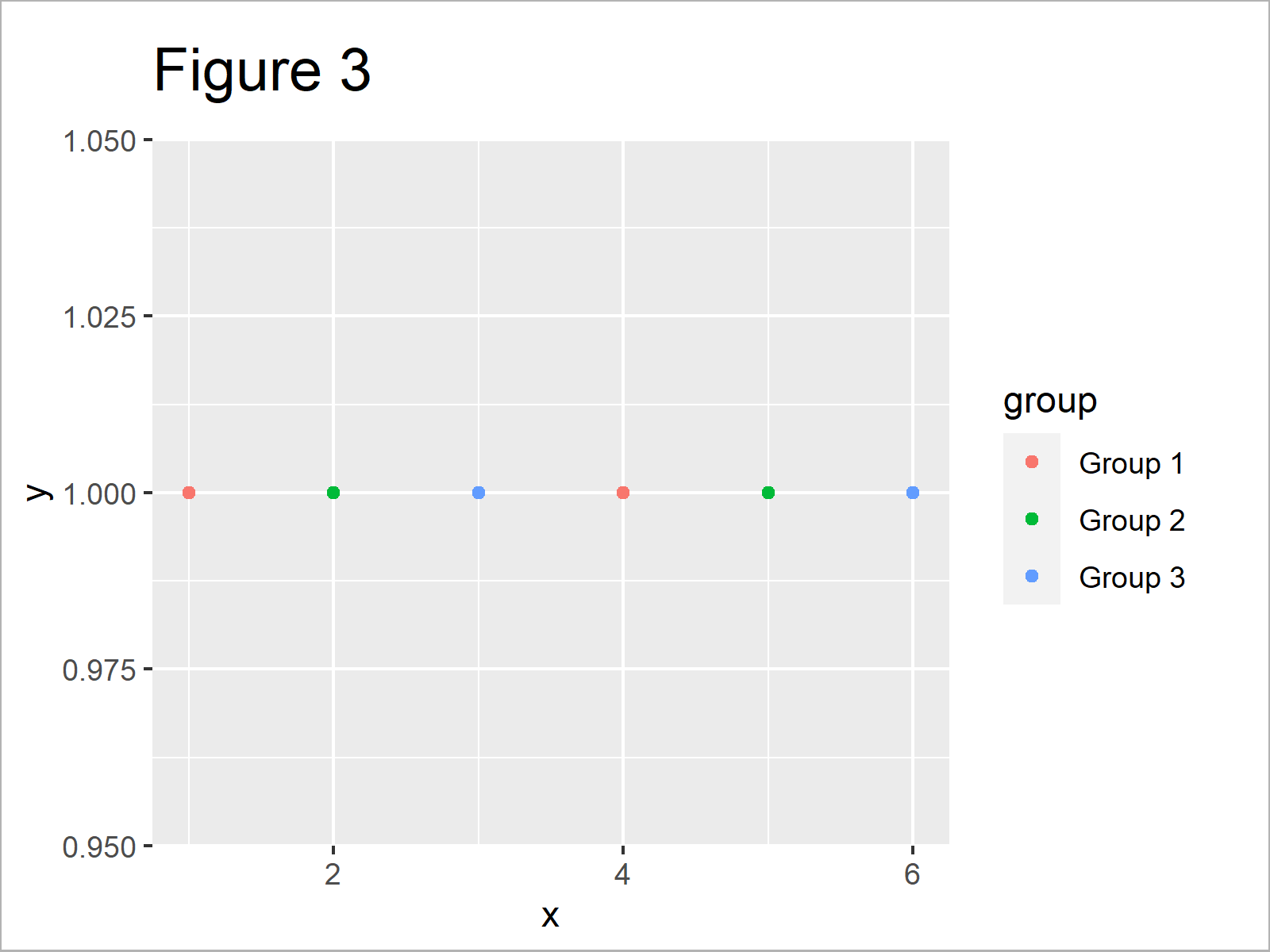
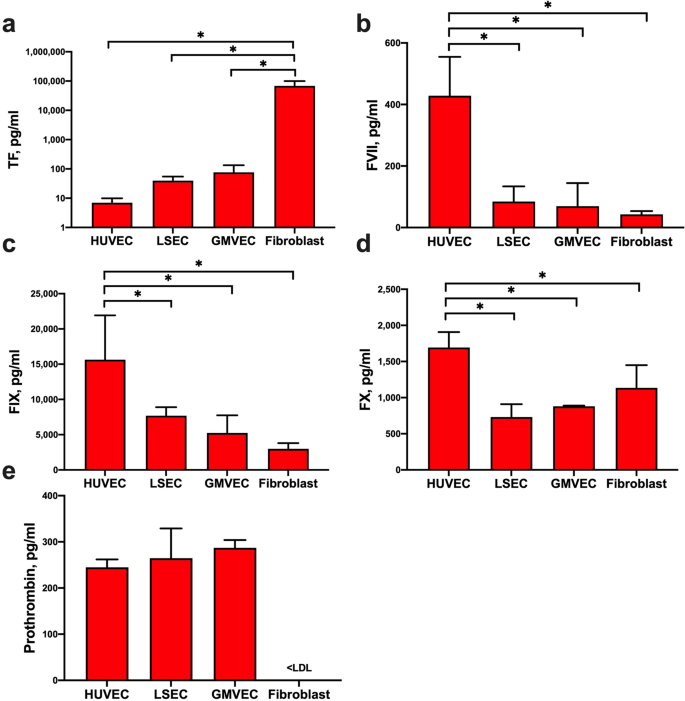



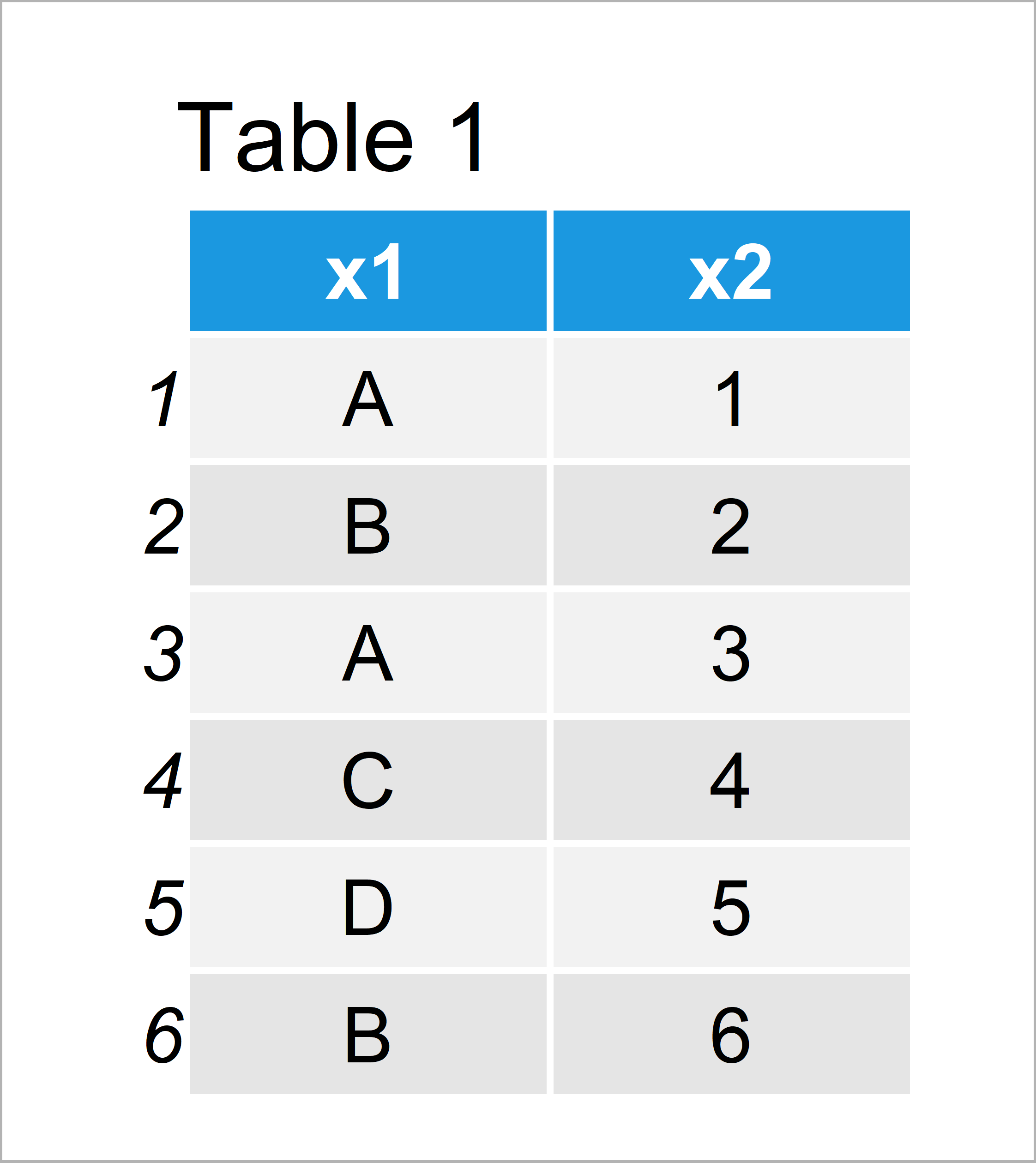
Post a Comment for "44 change factor labels in r"